Remember those promises you made to yourself on New Year’s Eve and promptly forgot as you stepped into January? You followed a New Year’s tradition that is pretty widespread across the globe! Despite the universal acceptance of the Gregorian calendar that heralds a brand-new year every 1st of January, many countries continue to celebrate New Year as per the customary or religious calendars that were traditionally followed in their respective regions. New Year celebrations from around the globe provide for rich and fascinating insights into varied cultures and traditions. There are estimated to be around 26 different dates on which New Year is celebrated around the world. Here are 12 of them.
1. Oshogatsu or Japanese New Year
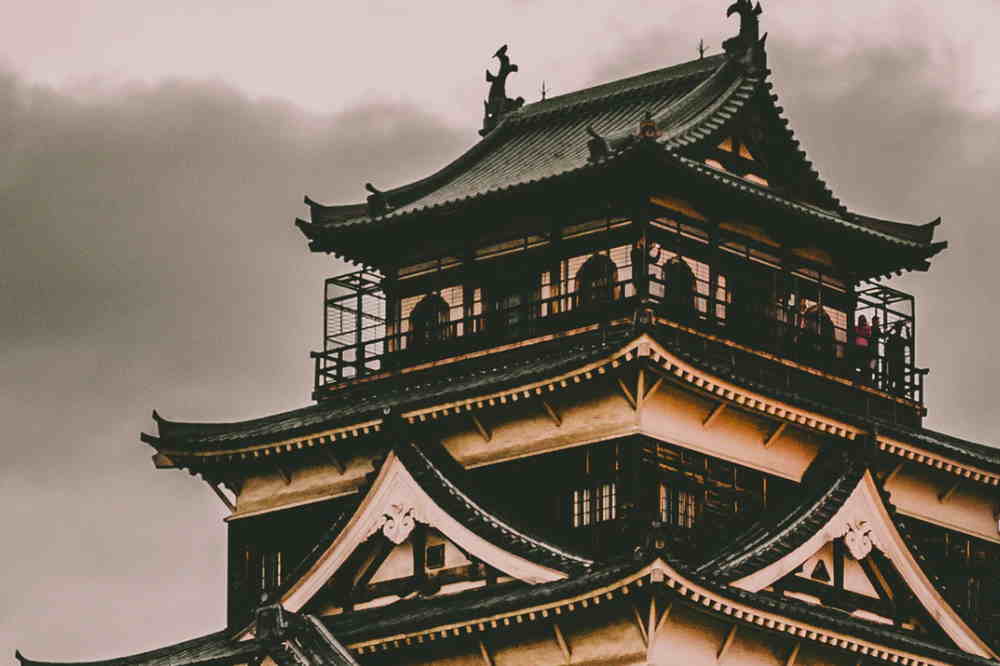
While this festival is celebrated on January 1st along with the rest of the world, Japanese traditions relating to New Year were originally based on the lunar calendar. It was shifted to January 1st only in 1873 with the adoption of the Gregorian Calendar. Preparations for New Year are quite extensive and begin at least two weeks before, with decluttering and cleaning of homes and places of work. A highlight of the festival is the ringing of temple bells on New Year’s Eve: they are rung 108 times in all – 8 times to ring out the old year and 100 times to ring in the new. Waking up early to view the first rays of the sun in the new year, cooking traditional food and exchanging gifts are among the customs involved.
2. Eastern Orthodox Church New Year
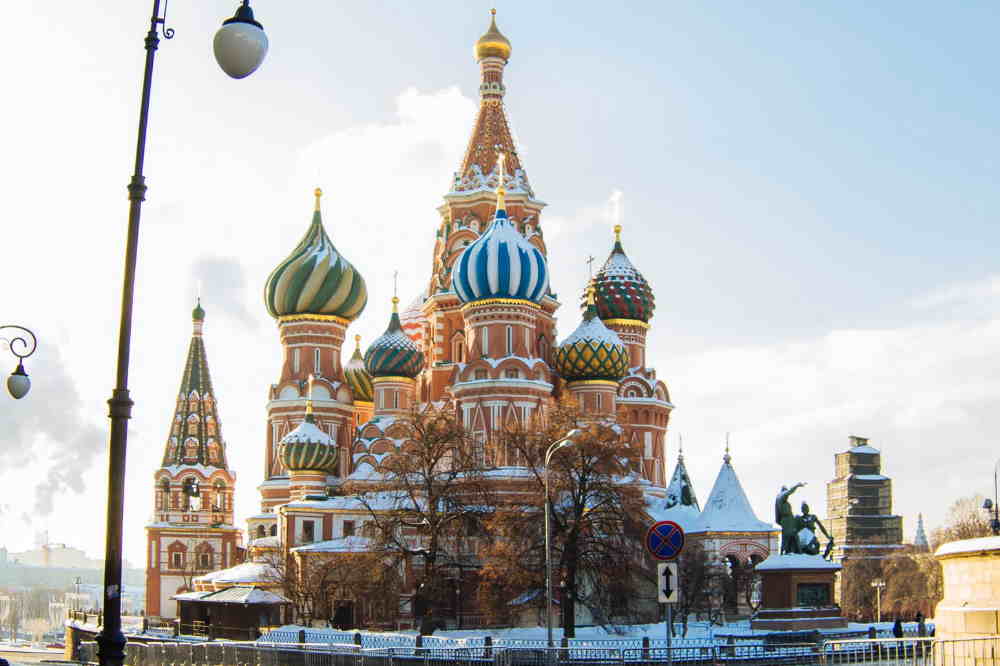
Some countries like Russia, Macedonia, Serbia and Ukraine, that adhere to the Julian calendar and where the Orthodox Church holds sway, celebrate a civil new year on January 1st and a religious one on January 14th. Though the celebrations are not as big as the civil new year, this traditional holiday is marked by feasts and family gatherings
3. The Balinese New Year

In some parts of Indonesia, the Saka calendar declares the advent of a New Year in early March. Unlike the joyous celebrations associated with New Year in other parts of the world, the Balinese New Year – called Nyepi – is observed through a Day of Silence and self-reflection. Bali remains closed on the day and even tourists are not allowed in public places. The austere beginning of the new year is preceded by rituals to ward off evil while the day itself is devoted to mindfulness and reawakening of the mind and spirits.
4. The Chinese New Year: Also called Lunar New Year or Spring Festival
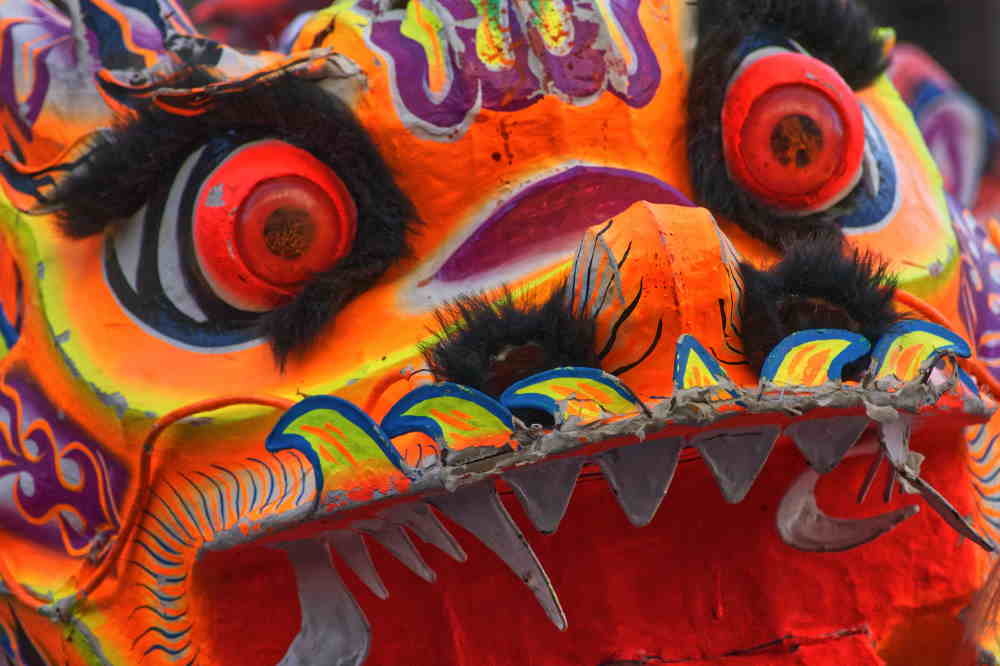
Perhaps the best-known New Year celebration that does not fall on January 1st, the Chinese New Year is celebrated for two weeks from the New moon that falls between January 21st and February 20th. The dates are as per the Lunar Calendar. This period, which forms the greatest of China’s celebrations each year, is a time for families to travel great distances to be with each other and celebrate with pomp and gaiety. The traditional red envelopes in which cash gifts are handed over to the younger members of the family and dragon dances are distinctive features.
5. Iranian New Year or Nawroz
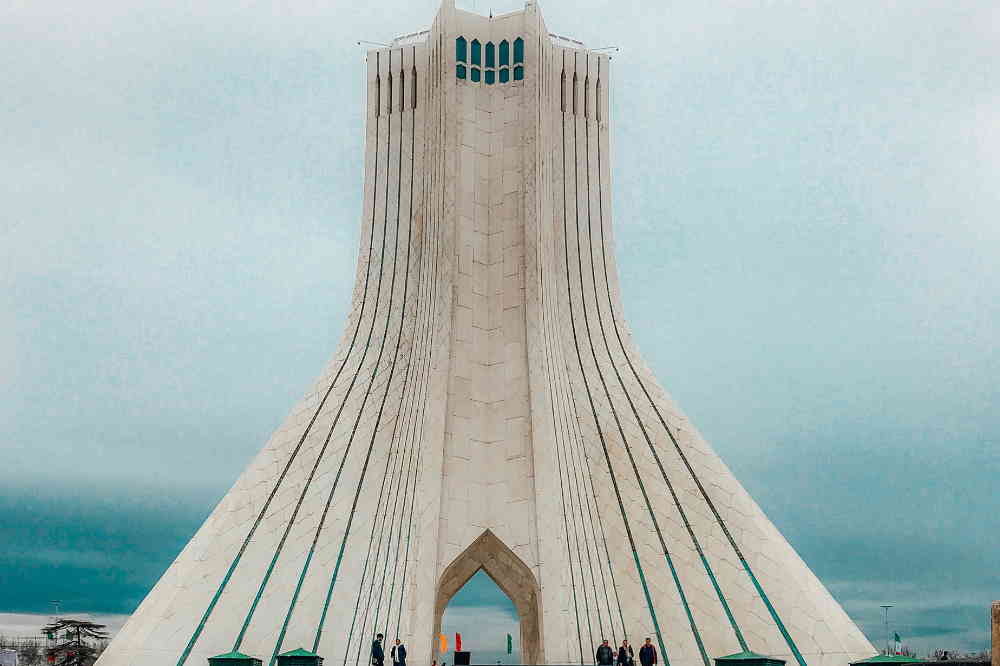
In Persian, ‘Naw-Roz’ refers to ‘new-day’ and the Iranian New Year falls on the astronomical beginning of spring i.e. the Vernal Equinox that usually falls around March 21st. The festival has its roots in the ancient Persian religion called Zoroastrianism but is Iran’s biggest celebration even to this day. The event is marked by rituals that begin weeks in advance, the most important being the ‘haft-seen’, an arrangement of seven objects all beginning with the letter ‘s’, symbolizing fertility and prosperity.
6. Harvest Festivals in India
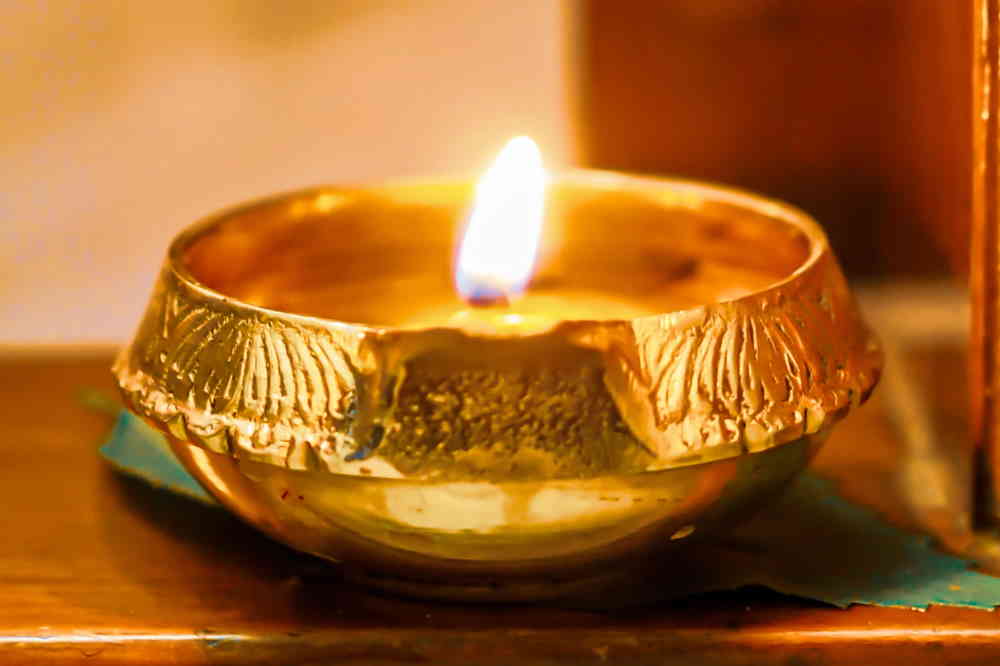
In India, festivals are determined by Lunar calendars and new year in various parts of the country coincides with the harvest season. Typically, the first day of the month of Chaithra as per the lunar calendar is considered the start of a new year and usually falls in mid-April. Across the country, this day is known by different names including Vaisakhi, Rangoli Bihu, Puthandu, Vishu and Bishuva Sankranthi. Celebrations differ from region to region but most involve colourful clothes, exchange of sweets and lighting of lamps. Celebrating the joys of spring with family and friends is the hallmark of these celebrations along with rituals to welcome prosperity and peace in the coming year. It is interesting to note that some other regions of India celebrate a whole other New Year – this one falling somewhere between mid-October to mid-November and is known as Diwali or the Festival of Lights.
7. The Water Festival of Myanmar
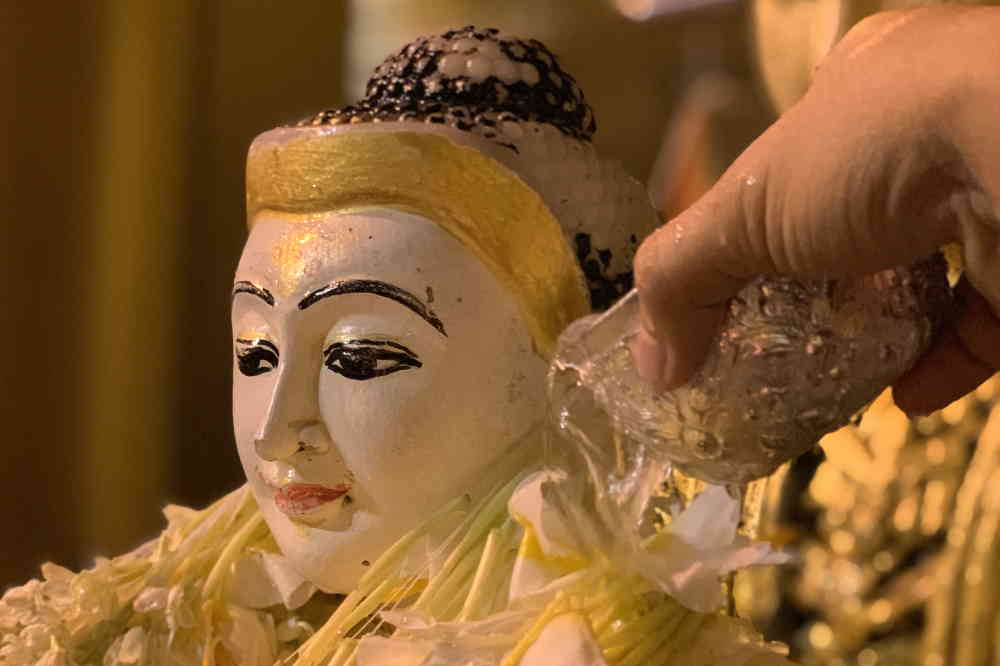
Many South-East Asian countries have new year celebrations based on astrological calculations that fall in mid-April. In Myanmar (Burma), it is celebrated as Thingyan or the Water Festival which sees the nation welcome a new year with religious customs, performances and the highlight event – pouring bucket loads of water on your family and unsuspecting passers-by. Symbolizing a cleansing of the past, this has now evolved into a nationwide party where for a few days in the year, you cannot walk around without being drenched. The fact that April is the hottest month in Mynamar may also account for the popularity of the ritual!
8. Salemo sa Basotho: The African New Year
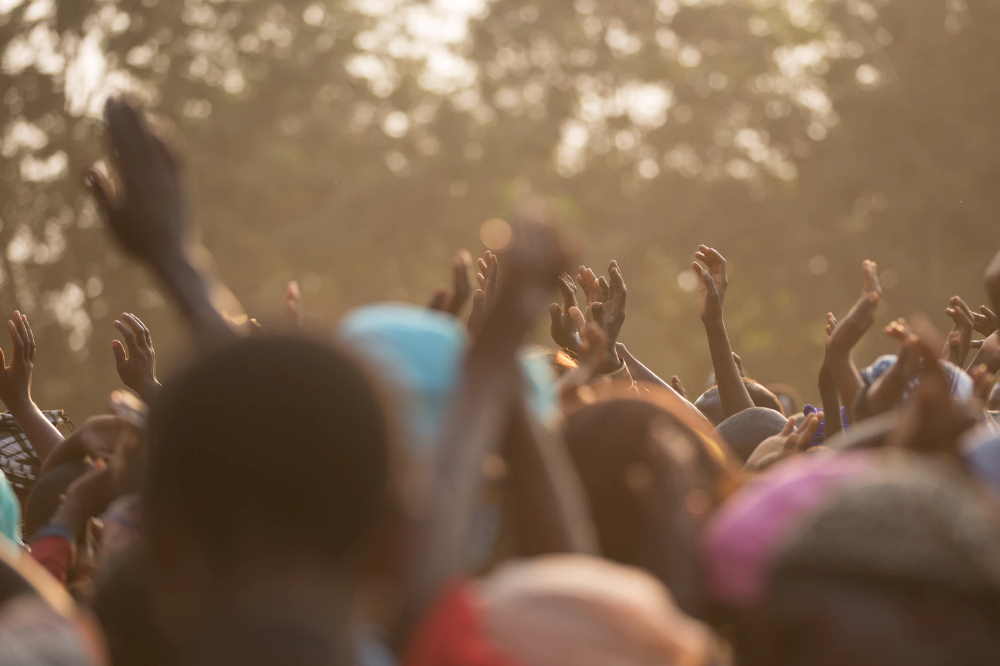
August 1st marks the end of the dry season in the Southern Hemisphere as per the Basotho calendar followed by sections of people living in Lesotho and South Africa. This day denotes the beginning of new life after the winter and is celebrated with food, performances and rituals to herald a fertile season and prosperity in the days ahead.
9. The Coptic New Year
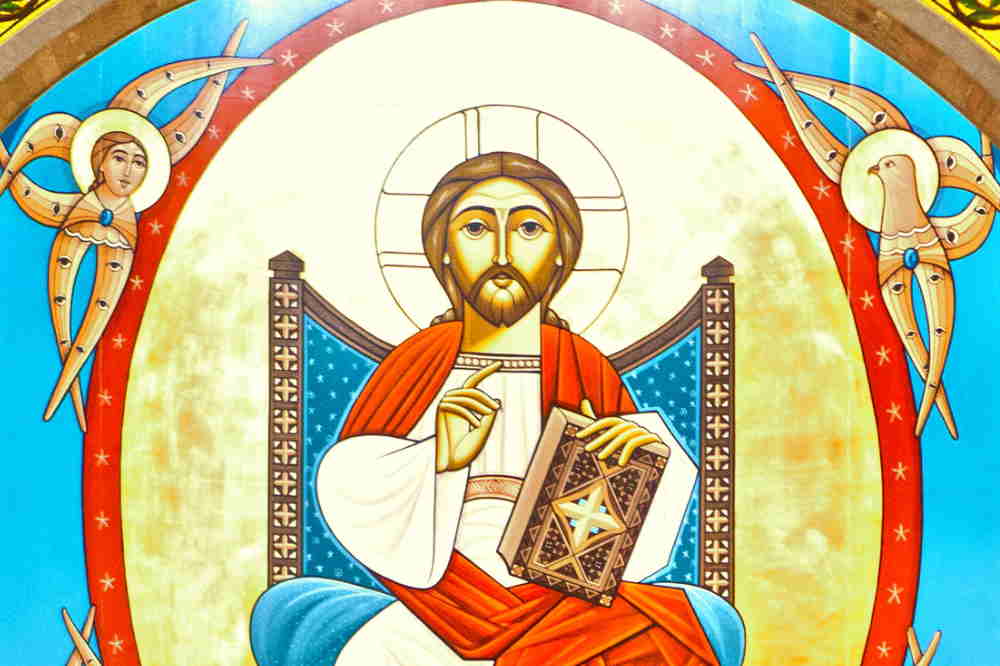
The Coptic New Year or Neyrouz is celebrated in Egypt on the first of the month of Thout according to the Coptic Calendar which is a variation on the Julian Calendar. In the Gregorian system, this date presently falls on September 11. For followers of the Coptic Church, this is a day to commemorate the sacrifices of martyrs but for farmers of all faiths in Egypt, it marks the start of a fertile season. The same day is celebrated as Enkutatash, another claimant to the title of African New Year, in Ethiopia and Eritrea that also follow the Coptic calendar.
10. The Islamic New Year

Muharram is the first month in the lunar Hijri calendar and the first day of Muharram marks Ma’al Hijra, the Islamic New Year. The dates vary each year in the Gregorian calendar but in 2020, it fell on 19th and 20th of August. The advent of Muharram is a very important day for the Muslim community around the world and is observed with prayers and rituals. It is the second most holy month in the Islamic calendar after Ramadan and is a time for fasting, prayers and reflection.
11. Rosh Hashanah
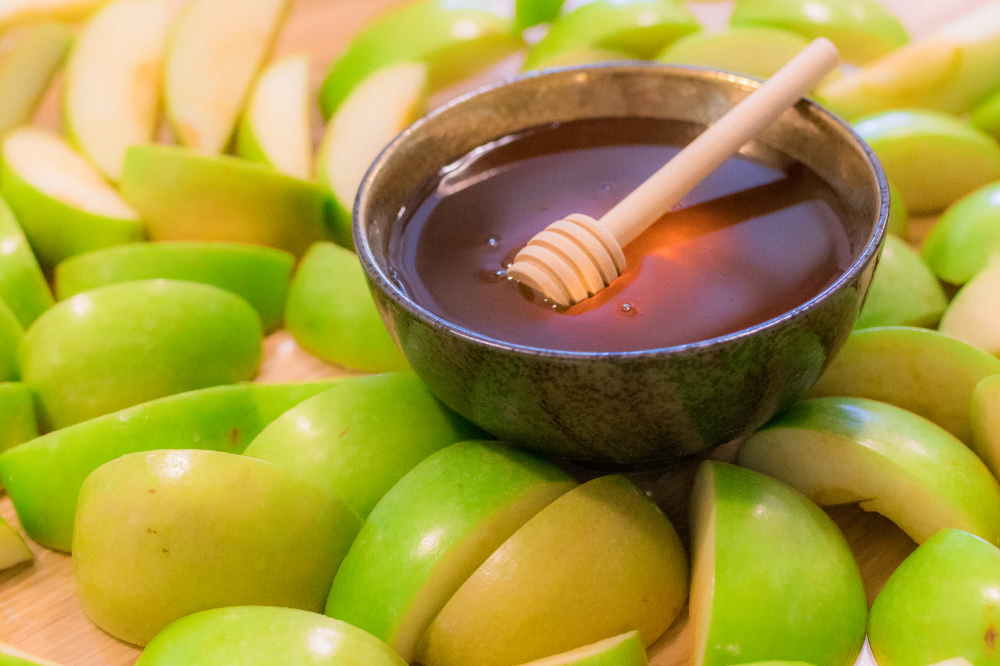
The ‘Head of the Year’ according to the Hebrew calendar, the 2-day celebration of Rosh Hashanah usually falls in the last days of September or the start of October. It is said to mark the end of the 7 days of Creation and is observed with families rejoicing and engaging in periods of quiet contemplation. Customary rituals include blowing of a ram’s horn called shofar, eating festive meals including honeyed apples and challah and shaking out your pockets in a body of water to symbolically cast away your sins.
12. Quviasukvik: The Inuit New year

Long before they came into contact with Europeans, the Inuit tribes celebrated the new sun that rose after the winter solstice and welcomed the onset of the hunting season. Though the tribes had different dates on which they considered the New Year to have arrived, the festival season is now tinged with Christian influence and is celebrated with feasts and exchange of gifts, from Christmas Eve to New Year’s Day.
Theoretically, you could travel the world celebrating a different kind of New Year in a different part of the planet each fortnight. And wherever you are, you would find the human spirit longing for kinship, a clean break from the regrets of the past and the promise of a better tomorrow.



Comments
0 comments